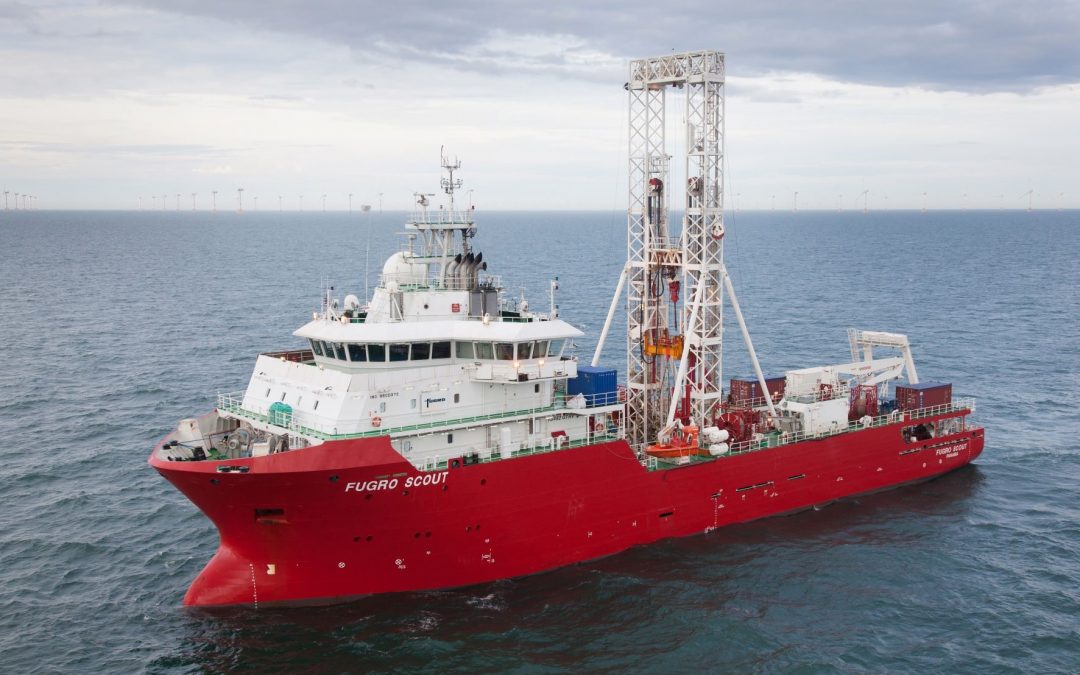Fugro has started soil investigations off the Danish west coast, where RWE will build the 1 GW Thor offshore wind farm, located approximately 22 kilometres from the port of Thorsminde.
Up to three research vessels will be deployed to acquire geotechnical data from the seabed, which is necessary to inform the design, fabrication, and installation of the main wind farm components including turbine foundation, and inter-array and export cables.
The geological research vessel Fugro Scout has already started geotechnical drilling and testing at the wind turbine locations, according to RWE and Fugro.
The various information obtained will verify existing data and provide additional geotechnical parameters to assist with the detailed design and optimisation of the foundations for the offshore substation and wind turbines.
From mid-July, two more vessels from Fugro will be deployed to support the survey.
Normand Mermaid will be equipped to obtain key parameters to better understand the soil behaviour under turbines loading area.
The vessel Energy Scout will acquire key data to enable the design, installation and protection of the inter-array cables and the main export cable that connects the offshore substation with the onshore grid. Thermal conductivity tests will be carried out to determine the thermal properties of the soil in and around this area of development.
“All work will be managed through Fugro’s cloud-based Geo-data engagement platform. With the ability to provide near real-time deliverables to RWE and the project team, the platform increases collaboration, facilitates faster decision-making and accelerates timelines on critical milestones”, Fugro said in a press release on 6 July.
RWE, through the project company Thor Wind Farm I/S, was announced as the winner of the Danish tender for the Thor offshore wind farm at the beginning of December 2021.
Total investment costs for the Thor project have been estimated at DKK 15.5 billion (approximately EUR 2.1 billion), including the offshore wind farm and the connection to the grid, which will be built without subsidies.
Once it is fully commissioned in 2027, the 1 GW project will become Denmark’s largest offshore wind farm and will be capable of producing enough green electricity to supply the equivalent of more than one million Danish households.
Source: Offshore Energy






